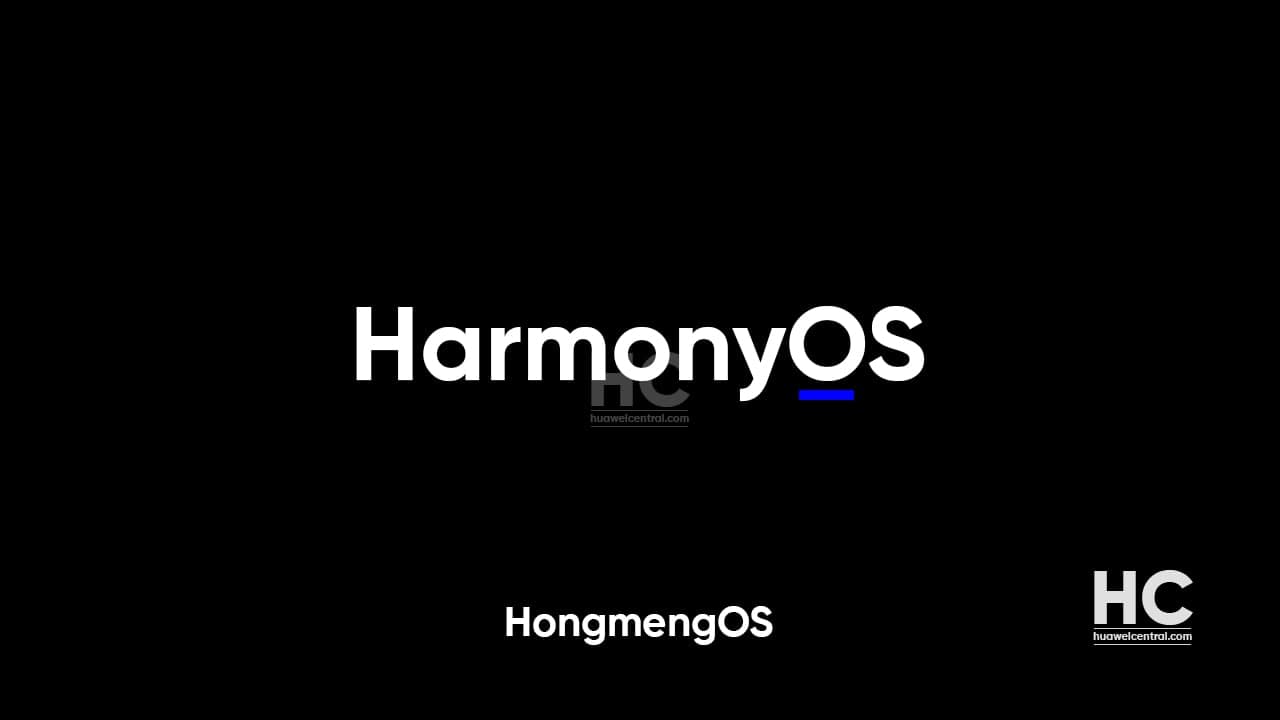HarmonyOS
Huawei announce new OpenHarmony 1.1.0 LTS, features, modification, next year’s schedule and more

Huawei is aiming to develop a distributed OS that can satisfy the user’s need of low latency and strong security.” In this line, the company released the HarmonyOS, a lightweight compact operating system with powerful functionality.
Initially, it was released for smart IoT devices such as smartwatches, smart screens, smart cars, and more. The company is continually exploring this OS so it can fit in today’s scenarios where people expect a holistic intelligent experience across all devices.
To accomplish this goal, Huawei recently announced the OpenHarmony 1.1.0 LTS version, which is far better than the previous 1.1 LTS. This new version will come with an AI subsystem, power management subsystem, pan-Sensor subsystem, Upgrade subsystems, unified AI engine framework, and more.
LTS Brief Intro:
To be mentioned, Long-term support (LTS) is a product lifecycle management policy in which a stable release of computer software is maintained for a longer period of time than the standard edition.
The term is typically reserved for open-source software, where it describes a software edition that is supported for months or years longer than the software’s standard edition.
It’s worth bringing up that Open Harmony is an open-source project handle by the OpenAtom Foundation, and is positioned as an open-source distributed operating system for all scenarios.
This latest version ensures the pyramidal transferability rebuilding of the liteOS-Mkernal. Adding to that the driver subsystem enhances the driver models of Wi-Fi, Sensor, Input, and Display, and targets the graphics subsystem to UI capabilities, JS framework performance, and memory optimization.
Furthermore, Huawei also revealed the schedule for the OpenHarmony version, which is likely to start the next year.
Let’s take a detailed look at the changes that come with the new 1.1.0 LTS version of OpenHarmony:
1) Kernel
New Features:
- LiteOS-M supports Cortex-M7, Cortex-M33, and RISC-V chip architectures, and adds corresponding single-board target examples
- LiteOS-M supports MPU function
- LiteOS-M supports some POSIX interfaces
- LiteOS-M supports FatFS file system
- LiteOS-M supports an exception callback function registration mechanism
- LiteOS-M tripartite chip adaptability architecture adjustment
- LiteOS-M and LiteOS-A support heap memory debugging functions, including memory leaks, memory stepping, and memory statistics
- LiteOS-M and LiteOS-A support the TLSF heap memory algorithm to improve the efficiency of memory application and release as well as reduce the fragmentation rate
Modification characteristics:
- LiteOS-A scheduling optimization
2) Pan Sensor
New Feature:
- The new Sensor component provides functions such as querying the sensor list, starting and stopping the sensor, subscribing/unsubscribing to the sensor, setting the data reporting mode, and setting the sampling interval
3) Globalization
New Feature:
- Added 79 languages for number formatting, date and time formatting, singular and plural C/C++ internationalization interfaces
4) JS Application Development Framework
New Features:
- Added support for the opacity global attribute of the JS front end
- Added prompt.showDialog API
- Added the QR code component QRcode
- Added event bubbling mechanism
Modification characteristics:
- Internationalization performance optimization, speed up page jump, support digital internationalization and time and date conversion
- The front-end layout capability is enhanced, and some style values support setting percentages
- The size adaptation capability of input and switch components is enhanced
- The image component has enhanced capabilities to support the display of application private data catalog pictures
- The image-animator component has enhanced capabilities to support end frame designation
- The canvas component capabilities are enhanced, and some APIs are added
- The device.getInfo API is enhanced, and some return fields are added
- DFX capabilities are enhanced to support method stacks for tracking exceptions
Deleted Feature:
- The internationalization function no longer supports the backtracking feature
5) Test
New Features:
- The new test tool filters the test cases to be executed according to the use case level
- Added test demo use cases
6) Graphics
New Features:
- Added component-level rotation zoom and component-level transparency
- Added event bubbling mechanism and added rotating crown event
- Added GIF image analysis display, added percentage width and height layout, added Video and QR code controls
Modification Characteristic:
- Partial rendering and SIMD performance optimization
7) Public Foundation
New Features:
- Added dump system attribute function
- Added memory pool management interface for upper-level modules
8) Drive
New Features:
- Added sensor, input, and display driver models
- Added mipi dsi and PWM (pulse width modulation)
- Added WIFI HDI interface and WIFI flow control
- Added driver framework IO service grouping feature
Modification characteristic:
- Optimize the driver loading process and support segmented loading
9) Distributed Communication
New features:
- Added WiFi Aware feature module
- IPC added support for unaligned serialization
10) Safety
New features:
- Added HUKS to provide SHA256/RSA3072/RSA2048/AES128/ECC security algorithms and interfaces, as well as key management and storage capabilities
- HiChain provides lightweight non-account lightweight components for device group management and authentication, supports soft bus communication security; provides APIs for system services and applications
- Authority management adds a unified authority management mechanism to meet the authority authorization requirements for lightweight devices
11) AI Subsystem
New features:
- Added a unified AI engine framework to achieve rapid plug-in integration of algorithm capabilities. The framework mainly includes modules such as plug-in management, module management, and communication management, and carries out life cycle management and on-demand deployment of AI algorithm capabilities
- Provide developers with a development guide, and provide 2 AI capability plug-ins based on the AI engine framework and the corresponding AI application Sample, which is convenient for developers to quickly integrate AI algorithm capabilities in the AI engine framework
12) Upgrade Service
New feature:
- Added a new lightweight equipment upgrade capability framework, which includes the validation and analysis capabilities of the upgrade package, as well as the installed interfaces, to unify the light equipment upgrade capability framework
13) XTS Certification
New feature:
- Add AI, DFX, global, OTA compatibility test cases
Modification characteristic:
- Enhanced testing capabilities for application frameworks, public communications, distributed task scheduling, IoT, and kernels
14) Compile and Build
New features:
- Added the command line tool hb, which uses hb set and hb build methods to build, and supports building in the source directory and any subdirectory
- Support independent chip manufacturer components
- Support the use of component names to build components separately
- Support custom compilation toolchain and compilation options according to the development board
Modification characteristic:
- Product configuration is decoupled from the build_lite warehouse and modified to “vendor/solution vendor/product/config.json”
15) Power Management
New features:
- Power query function
- Bright screen lock management function and interface







